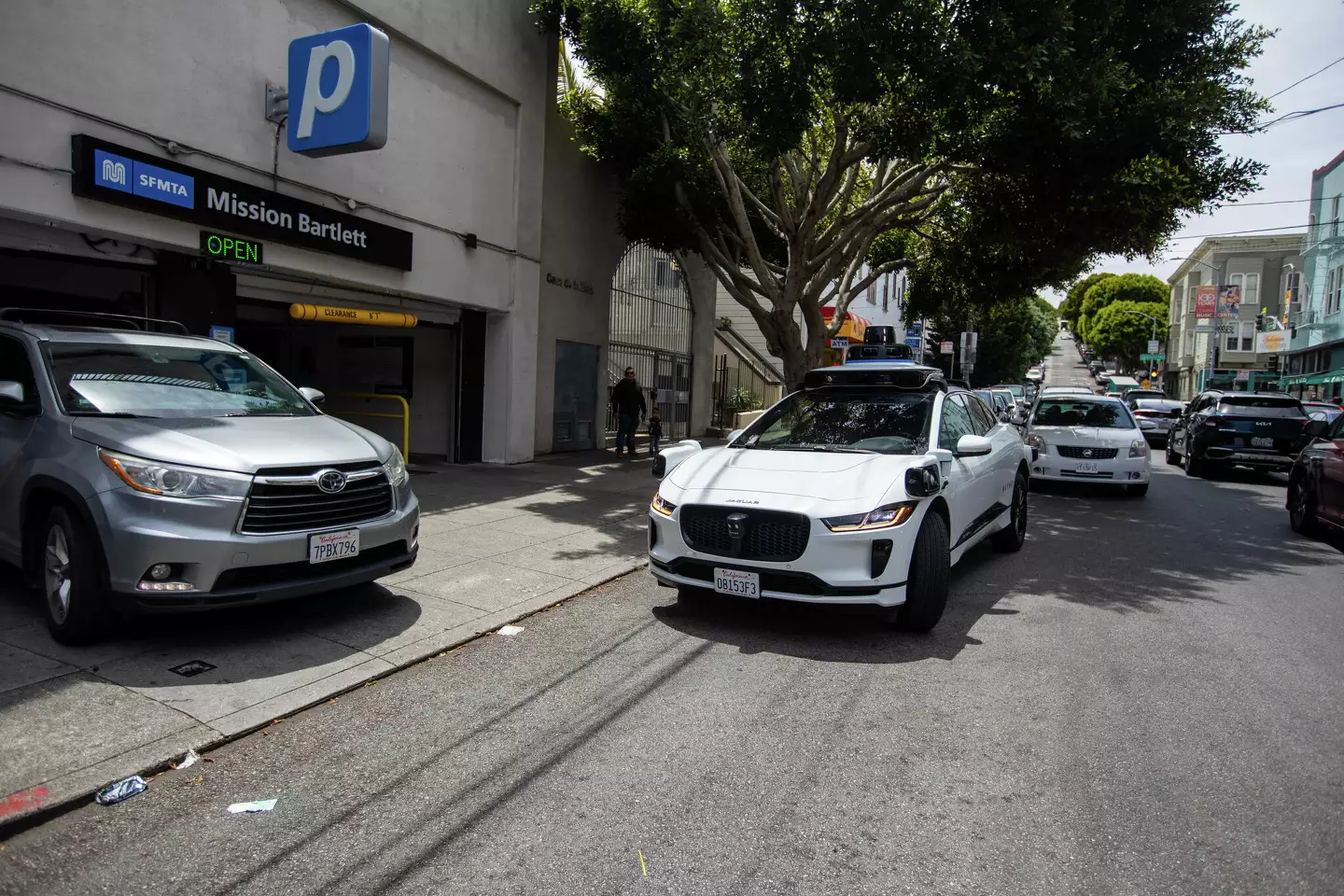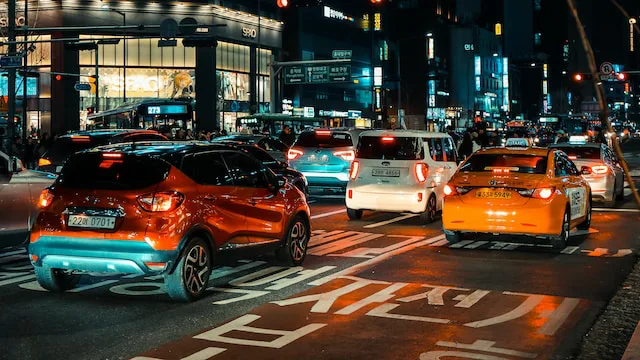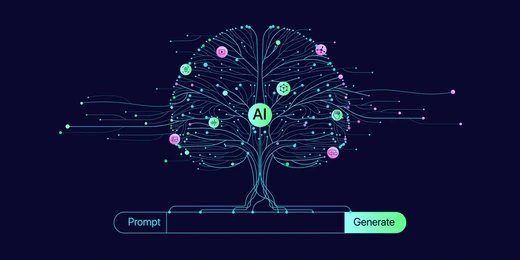
Urban Challenges: Self-Driving Chaos in SF
Humanizing the Self-Driving Struggle in San Francisco
In a recent, somewhat puzzling incident that unfolded in the vibrant streets of San Francisco, a self-driving car unexpectedly came to a halt, showcasing the complexities and real-world implications of autonomous vehicles within the bustling cityscape. The event, captured on social media, shed light on an autonomous Waymo vehicle that inadvertently blocked a traffic lane on Valencia Street. The ensuing congestion and confusion added another layer of challenge to a city already grappling with intricate transportation dynamics.

Self-Driving Cars and the Contentious Bike Lane: A Human Experience
The scenario unfolded in the midst of a contentious bike lane on Valencia Street, notorious for its history of bicycle accidents. This past April, a construction project aimed at bolstering cyclist safety introduced a bikeway at the heart of the road, nestled between lanes of vehicular traffic. Unfortunately, since its inception, the new lane design has experienced hiccups, with cars and trucks at times obstructing the bike lane, as detailed in earlier SFGATE reports. The ambitious shift of curbside bike lanes to the center of the road has inadvertently exacerbated existing challenges, raising concerns among transportation advocates and cyclists alike. In response, the San Francisco Municipal Transportation Agency (SFMTA) undertook efforts to enhance safety, including fresh paint, rubber curbs, and additional signage, according to information available on its website.
Human Reactions to Traffic Disruption: A Self-Driving Quandary
The viral video capturing Sunday’s incident highlights a unique human response – multiple cars deftly navigating into the Valencia bike lane to circumvent the stalled Waymo vehicle. This incident, while not the first of its kind, raises questions about how self-driving vehicles interact with the nuanced dynamics of urban traffic.
SFMTA Investigation and Regulatory Deliberations: A Balancing Act
SFMTA spokesperson Stephen Chun acknowledged the agency’s ongoing investigation into the stalling incident involving the autonomous vehicle on the Valencia bike lane. While the agency lacks direct authority over these vehicles, the impending decision by the California Public Utilities Commission looms large – a decision that could redefine the operational hours of autonomous vehicles within the city’s boundaries. This scheduled vote, slated for Thursday, holds potential to reshape the landscape of autonomous transportation in San Francisco.
Stalling Incidents: Waymo and Cruise – Lessons in Humanity and Tech
Waymo and Cruise, entities synonymous with self-driving technology, have experienced their fair share of stalling incidents on San Francisco’s streets. Witnesses have recounted witnessing “spectacles” as Waymo vehicles halted near intersections, unintentionally amplifying traffic disruptions. These self-driving vehicles, purportedly “cautious and defensive” according to Waymo’s website, boast a backup braking system for added safety. In addition, intricate data and 3D sensors are embedded within the vehicles to anticipate road conditions, traffic signals, and surrounding elements. However, the experience on the ground reveals a more nuanced interplay between technology and human unpredictability.
The Human Factor: A Paradox in the Pursuit of Safety
Oddly, the surge in halted autonomous vehicles has evoked concerns among San Francisco drivers who perceive them as potential hazards, inadvertently highlighting the uncanny blend of technology and humanity on the city’s roads. Interestingly, Waymo chose not to respond to SFGATE’s query about the specific incident on Sunday, leaving room for speculation about the intricacies at play.
Data Insights: Lessons from Accidents in the Age of Automation
A statistical analysis offered by SFMTA underscores the gravity of the situation. Waymo’s vehicles were involved in 79 autonomous vehicle accidents from January to April 2023, while Cruise’s vehicles accounted for 136 autonomous vehicle crashes during the same period. Stephen Chun from SFMTA noted that automated driving, despite its potential for enhancing safety and convenience, still grapples with developmental hurdles. He specifically cited the phenomenon known as “bricking,” where autonomous vehicles come to a sudden halt within intersections, causing disruptions and safety concerns, as evident in the incident from Sunday.
Conclusion: Humanity’s Road Ahead
In conclusion, the recent occurrence involving a stalled autonomous vehicle on a bustling San Francisco street underscores the intricate dance between technology and human dynamics when it comes to integrating self-driving cars into urban environments. While autonomous vehicles offer the promise of enhanced safety and convenience, real-world incidents remind us that the journey towards full autonomy is a multifaceted one. The forthcoming decision by the California Public Utilities Commission regarding continuous autonomous vehicle operation within the city presents a crossroads – one that could potentially shape the trajectory of this innovative, yet complex, mode of transportation. As we march onward, it is the blending of human and technological elements that will guide the evolution of self-driving cars on our roads.













